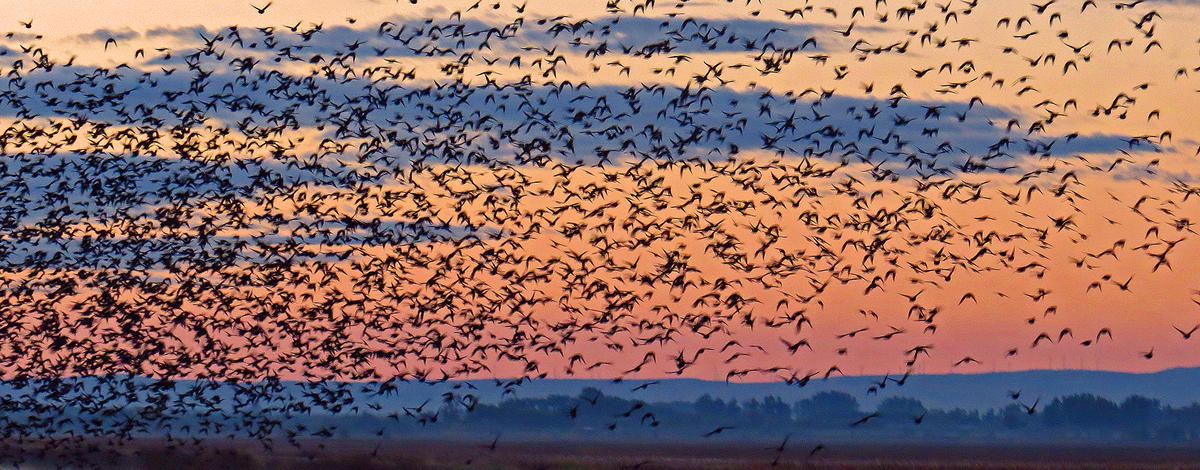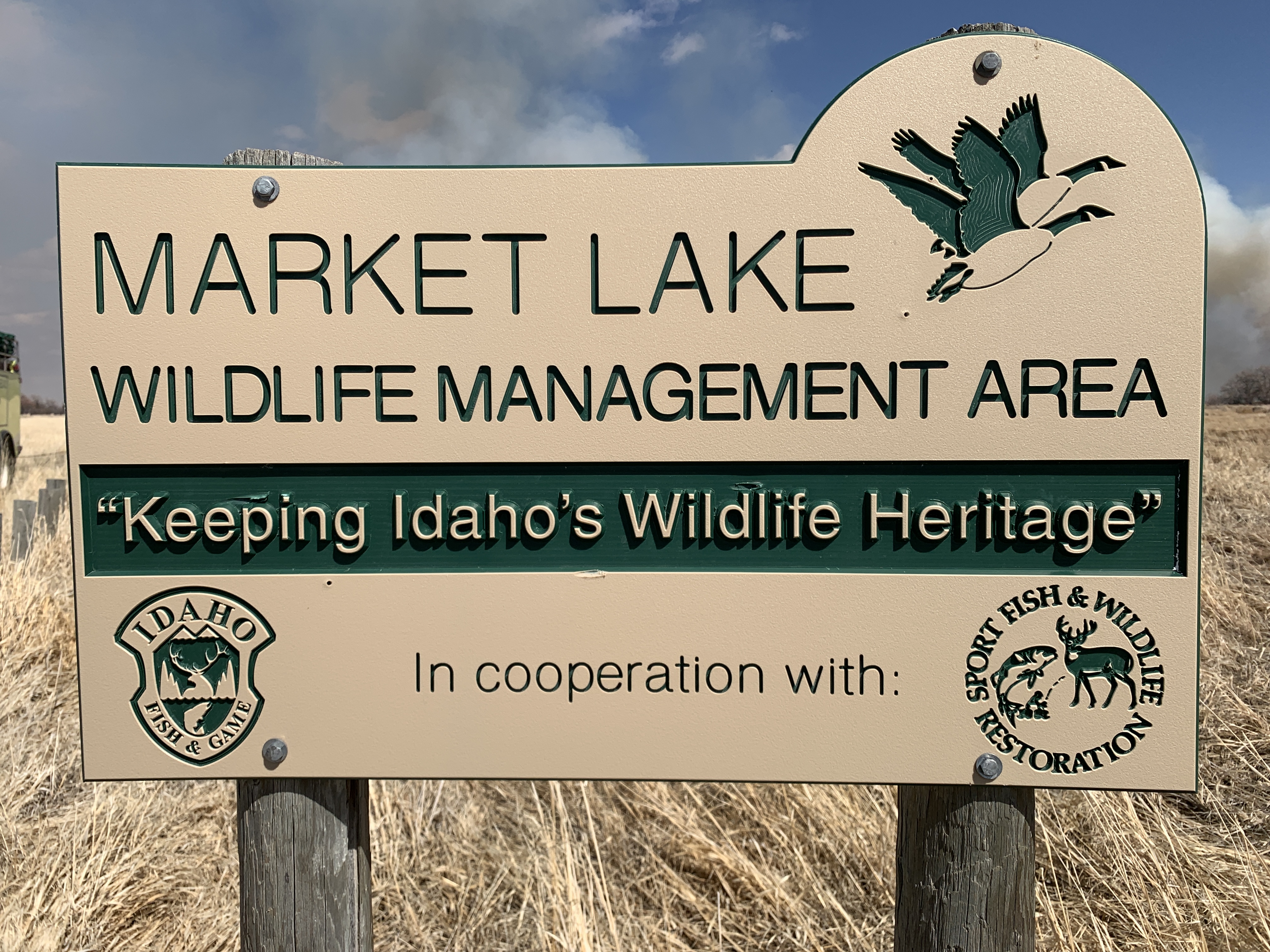Market Lake was once a 12-square mile flood plain. Vast flocks of migrating waterfowl attracted “market” hunters who harvested the birds and gave the area its name. A small portion of the original lake is now the Market Lake WMA.
The main purpose of Market Lake WMA is stopover habitat for migrating waterfowl and shorebirds. In addition to migration many species nest on the WMA. Trumpeter swans nest in the marshes and food plots support many during the winter. The WMA also provides habitat for 250 wildlife species, from small mammals to moose.
The original Market Lake was a large flood plain adjacent to the Snake River. Only 30 acres of the original wetlands remained in 1956 when federal dollars from the Pittman-Robertson Act were used to purchase the first parcel and establish the Market Lake WMA. Over the years, additional purchases has helped restore nearly 20% of the original flood plain to waterfowl habitat.


